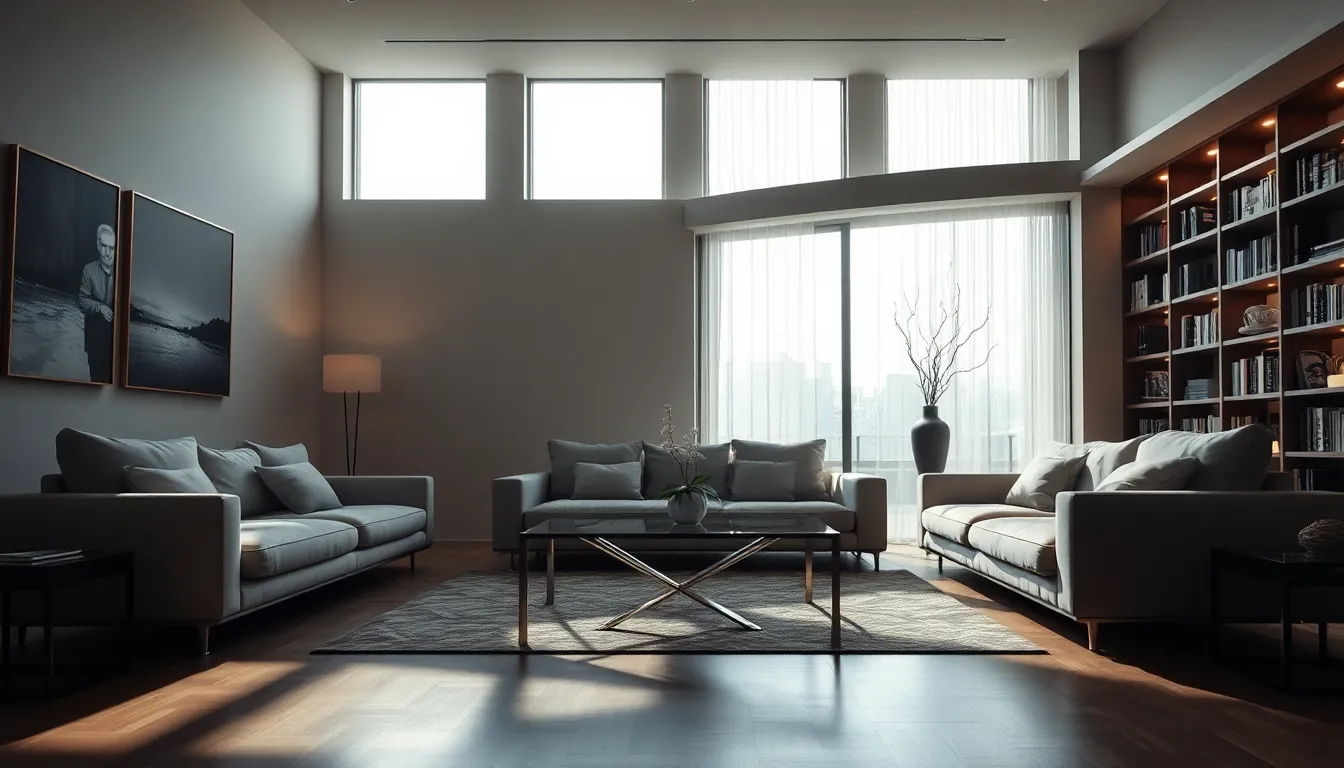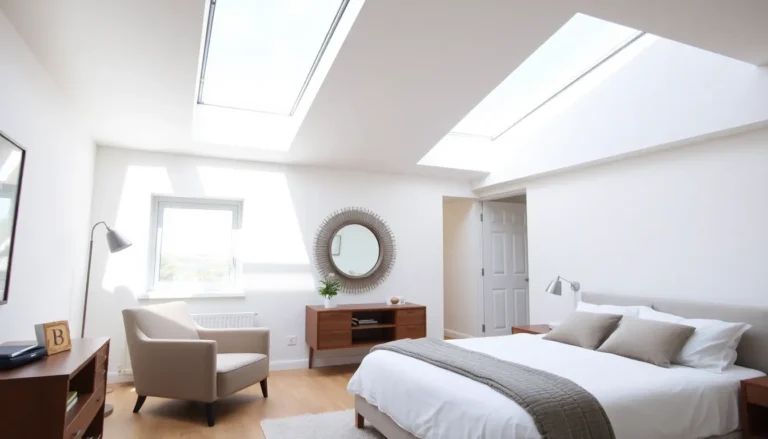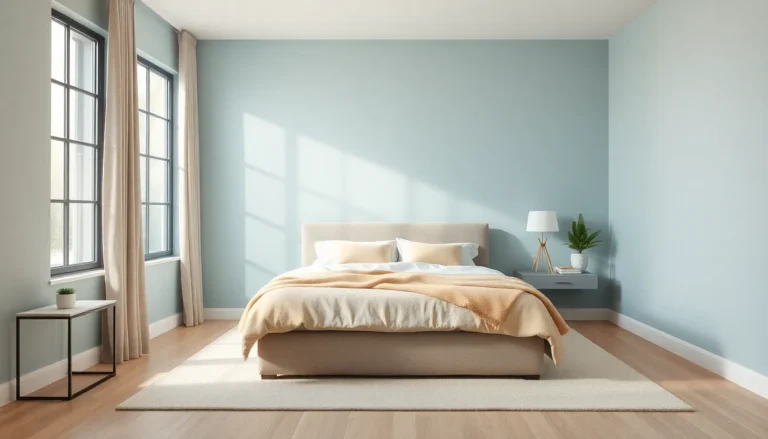When it comes to Woody Allen’s filmography, one title always seems to provoke a reaction: Interiors. Released in 1978, this cinematic gem diverges from the typical Allen structure, focusing instead on dramatic storytelling and deep emotional currents. It’s the movie that practically shouts ‘I’m an art film.’ from the rooftops while simultaneously whispering all the complex secrets of familial relationships. Intrigued yet? Let’s peel back the layers, plus throw in a joke or two about passive-aggressive dinner parties that only Allen could appreciate.
Table of Contents
ToggleOverview of Interiors

Interiors is often viewed as Woody Allen’s departure from his signature comedic style. The film offers a poignant exploration of family dynamics through the lens of three sisters grappling with existential crises. Set in the serene yet stark backdrop of an upscale household, it brings to life an elegant yet suffocating world. The film’s narrative unfolds with a contemplative pace, driving home the emotional weight of unsaid words and missed connections.
The plot centers around the lives of these sisters, whose relationships expose underlying tensions following their parents’ separation. Allen ensures that every frame speaks volumes, inviting viewers to reflect deeply on their personal experiences. While it may lack the punchlines fans expect, it immerses them in profound philosophical dialogue instead.
Thematic Exploration
The themes woven throughout Interiors are as intricate as the decor within its luxurious sets. Existential angst serves as a prevailing motif. The sisters’ struggles echo the universal quest for identity, purpose, and belonging. Woody Allen dives headfirst into complex emotional waters, exploring the painful yet essential themes of disconnection and the pursuit of meaning amidst chaos.
Also, the film tackles the idea of artistic ambition versus familial obligations. The contrast between the characters’ aspirations and the reality of their lives becomes painfully clear, making audiences ponder: how much are they willing to sacrifice for their dreams? This thematic richness transforms Interiors into more than just a film, it’s an emotional mirror reflecting viewers’ own lives.
Character Analysis
Character complexity reigns supreme in Interiors. Each of the three sisters, Joey, Renata, and Flynne, embodies different facets of human experience and emotional resilience. Joey, the youngest, often feels overshadowed, striving to establish her own identity separate from familial expectations. Renata is the artistic soul, caught in a web of ambition, while Flynne embodies a more traditional role, attempting to keep the family anchored.
Their mother, Eve, serves as the linchpin, displaying a blend of fragility and iron will. Allen deftly crafts these characters to elicit sympathy and frustration: they are real, relatable, and undeniably flawed. This emotional landscape forms the heart of the film, driving home the idea that everyone is fighting their own battles behind closed doors.
Cinematic Techniques
Woody Allen’s directorial choices in Interiors showcase his evolution as a filmmaker. The film employs a minimalist aesthetic, utilizing subdued colors and simple yet effective set designs to evoke a sense of isolation. The cinematography employs tight framing, revealing the characters’ emotional entrapment within their environments.
In contrast to Allen’s earlier, more chaotic works, Interiors relies on long takes, allowing audiences to linger on the emotional nuances of each scene. The use of ambient sound brings viewers closer to the characters’ inner lives, making the atmosphere almost palpable. This wholly immersive experience sets Interiors apart from typical cinema, showcasing Allen’s deepening understanding of visual storytelling.
Cultural Impact and Reception
Upon its release, Interiors garnered mixed reviews, with some praising its artistic depth and others lamenting its shift away from comedy. But, over time, film critics and audiences alike have come to appreciate its profound insights. The film not only redefined expectations around Allen’s work but also paved the way for more nuanced explorations of family dynamics in cinema.
Its cultural impact resonates through contemporary films that tackle similar themes of existentialism and the intricacies of family. As audiences begin to embrace films that challenge traditional narratives, the relevance of Interiors remains strong. It has laid the groundwork for thoughtful storytelling that inspires filmmakers today.
Comparative Analysis With Other Woody Allen Films
In examining Interiors against other Woody Allen films, the stark contrasts become evident. While films like Annie Hall and Sleeper blend humor and poignant themes, Interiors embraces a more serious tone. The shift demonstrates Allen’s versatility as a storyteller, showcasing his ability to navigate between light-hearted banter and heavy introspection.
Besides, the nuanced exploration of relationships seen in Husbands and Wives echoes the themes presented in Interiors, making it a crucial point of reference in Allen’s oeuvre. Both films meditate on the fragility of human connection, though Interiors opts for a more somber exploration of its characters’ realities. This deeper jump into emotional fragility places Interiors in a class of its own.





